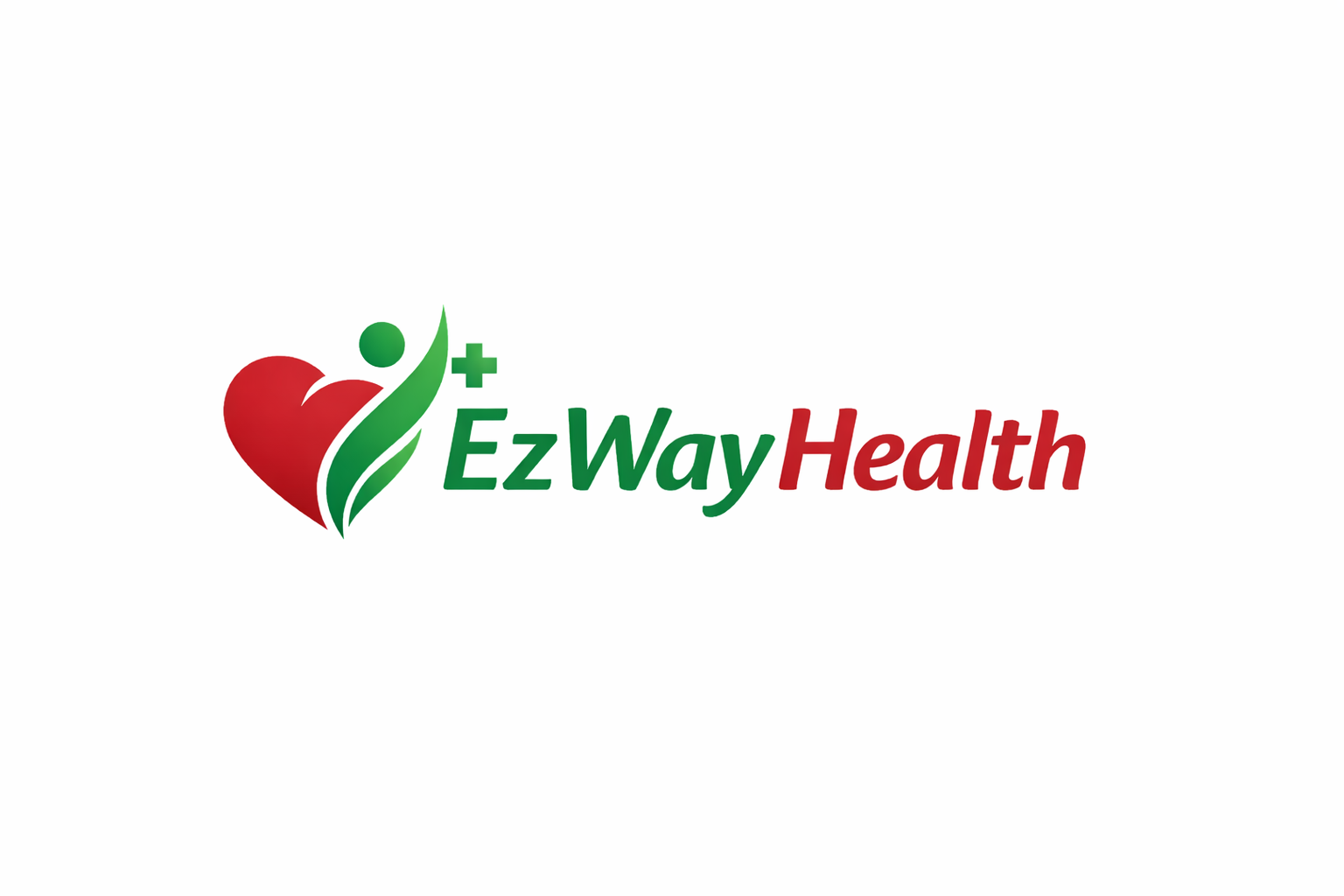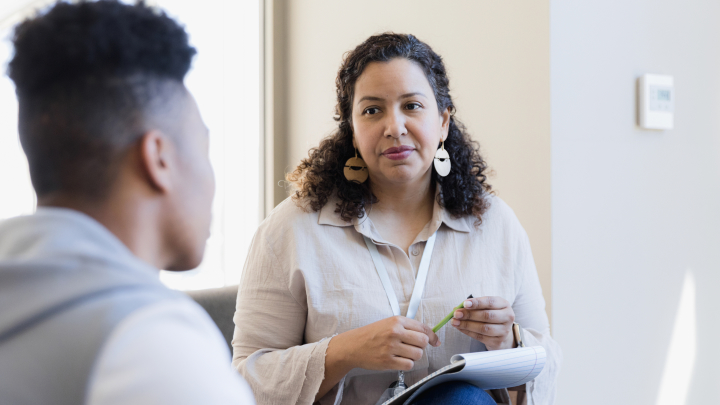Social media is a mixed blessing for mental health. It connects us yet also isolates us. Having spent time at mesa blue water psychiatry, I’ve seen how it affects the mind. Stories from clients show both positives and negatives. These platforms can offer support, but they can also trigger anxiety and depression. Understanding this dual nature is key. Here’s a closer look at social media’s impact on mental well-being.
The Positive Side of Social Media
Social media offers several benefits. First, it creates community ties. People can find support groups for various issues like grief, addiction, or chronic illness. Platforms like Facebook or Reddit offer spaces to share experiences and advice. Second, social media can be a tool for self-expression. Platforms like Instagram and TikTok allow creativity, which can boost self-esteem. Third, it provides quick access to information. Whether it’s news or educational content, social media offers an abundance of resources.
The Negative Effects of Social Media
Yet, the drawbacks are significant. Social media can lead to anxiety and depression. Constant comparisons to others’ lives can make people feel inadequate. A study by the National Institute of Mental Health highlights this issue. Cyberbullying is another concern. Negative comments or harassment can deeply affect mental health. Finally, excessive use can lead to addiction. Time spent online can lead to neglect of real-world social interactions.
Social Media Use: A Double-Edged Sword
Social media’s impact is complex. Let’s consider the balance between positive and negative aspects:
| Positive Aspects | Negative Aspects |
|---|---|
| Community support | Anxiety from comparisons |
| Self-expression | Cyberbullying |
| Access to information | Risk of addiction |

How to Use Social Media Wisely
Mindful use can help mitigate negative effects. First, limit screen time. Setting boundaries on daily usage helps maintain balance. Second, curate your feed. Follow accounts that uplift and inspire rather than those that trigger stress. Third, engage in real-world activities. Hobbies or social engagements offer a healthy break from screens.
Conclusion
Social media is neither all good nor all bad. It requires mindful navigation to make it a positive influence. Understanding its dual nature helps in managing its impact. By setting limits, curating feeds, and engaging in offline activities, one can harness its benefits while minimizing its drawbacks. If you feel overwhelmed, seeking professional advice is always a good option. Resources like the U.S. Department of Health and Human Services offer guidance and support.

